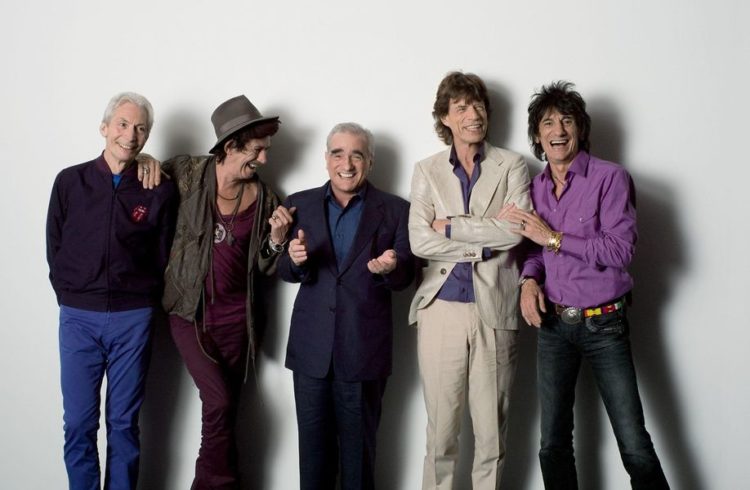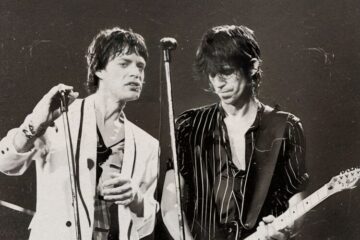The longest-performing rock band of all time, the Rolling Stones have undoubtedly shaped rock and roll throughout the decades, but it’s the video for 1994’s ‘Love Is Strong’ that transforms the band into literal rock giants. Directed by David Fincher, whose filmography includes Se7en and The Social Network, the music video sees the band larger-than-life as they tower above Manhattan – naturally surrounded by equally gigantic models. The black-and-white video captured Mick Jagger’s performance style perfectly, amplifying the flamboyant fanning out his shirt with his arms thrown behind him on an even bigger scale than usual.
Edited at the Digital Domain studio under the supervision of visual effects artist Fred Raimondi, the size-altering effects were no easy feat for a 1994 production. Fincher’s crew used advanced compositing techniques to place the band in the New York City setting with uncanny realism, rampaging through the city like Godzilla stomping through Tokyo. Similar effects have historically been used with far less flair, notably the Beastie Boys’ video for ‘Intergalactic’. But it was Fincher’s use of the size-disparity effect that clinched the video an MTV award for Best Special Effects, as well as the Grammy Award for Best Short Form Music Video.
The clip was subsequently used as a promotional video for the Voodoo Lounge album and was The Rolling Stones’ first release on Virgin Records. The album itself won its own Grammy and was the first ever to win Best Rock Album. Despite this, ‘Love is Strong’ turned out to be one of the lowest charting first singles ever released by the band. But the song remains one of their most well-known efforts from the ’90s. A series of firsts, ‘Love Is Strong’ was the first single that bass player Bill Wyman didn’t play on after he quit the band. Darryl Jones, who’d previously played with Sting and Miles Davis, filled his spot.
When Jones spoke to Bassplayer, he recalled the relaxed nature of jamming with The Stones when he joined them full-time as Wyman’s replacement. “The first time I rehearsed with them,” Jones said, “I asked Keith, ‘Hey man, did you play bass on this song?’ and he said, ‘Yeah’. I said, ‘So what’s the bassline?’ and he was like, ‘I don’t know, man. You’re the bass player, you tell me what the bassline is!’ So they’re pretty cool about letting me do what I want. I still want to play the essence of the song. If there’s something in the essence of the bassline that needs to be played to make the song what it is, they seem pretty trusting of me that I’ll find those things. The rest they leave to me, basically.”




